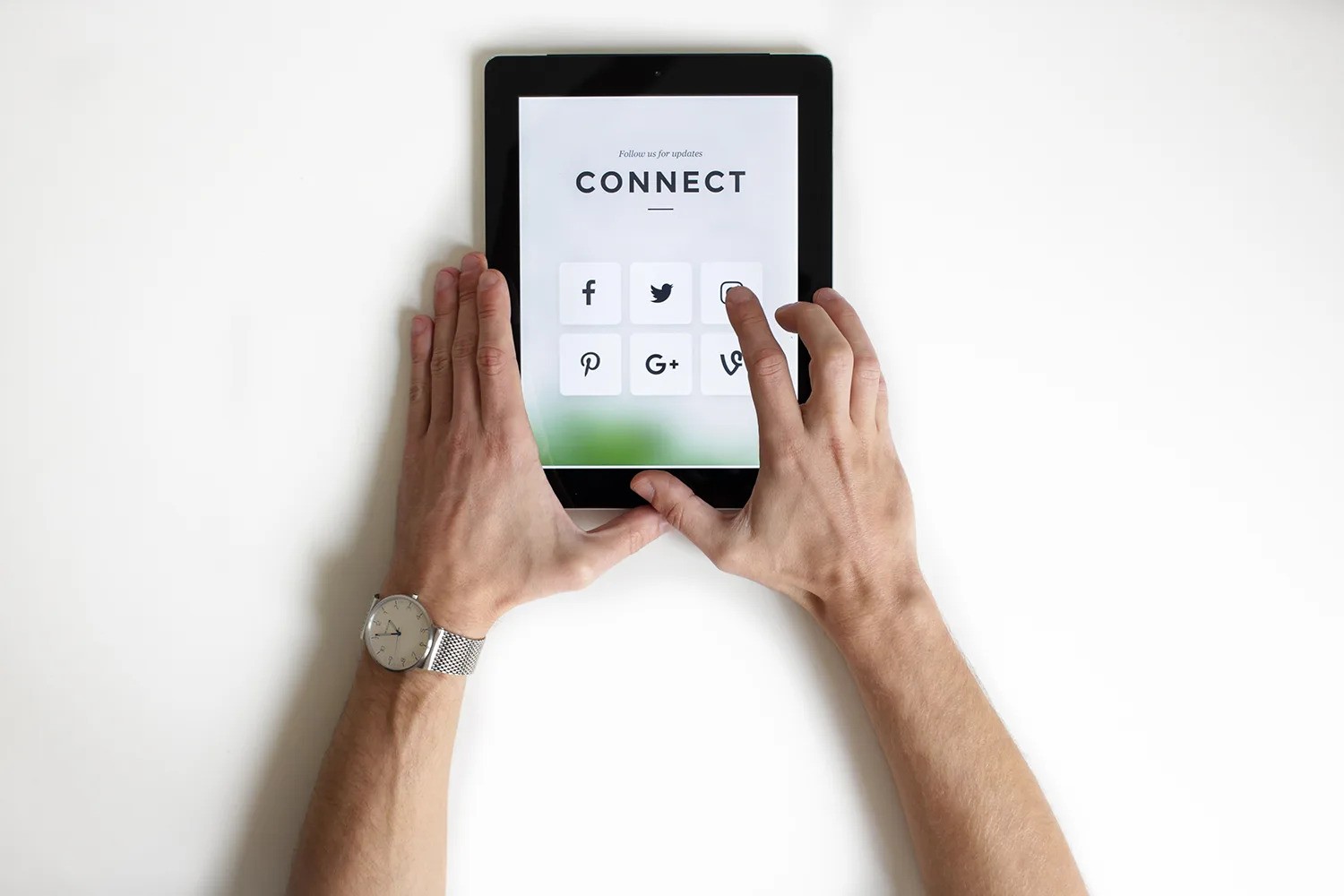

Take a look at the shoppers in your stores and you’ll note that many of them have one thing in common: their eyes are glued to their smartphones as they shop. This rise in “smartphone-savvy shoppers” has left many retailers shaking in their boots; the greatest fear is that these consumers are engaging in “showrooming,” using stores to scope out products and then using mobile phones to find the items at lower prices elsewhere.
But as recent studies have revealed, consumers and their disruptive technology don’t necessarily spell bad news for retailers. These smartphone-savvy shoppers actually use their phones for retail-friendly activities quite often: sure, 54 percent engage in price comparison, but 48 percent of the time, shoppers are pulling up product info, and 42 percent of the time, they are reading online reviews. A good number of smartphone-using shoppers turn to their devices to search for coupons and deals and look up store locations.
So what can you as a retailer do to use new disruptive technology to your — and your customer’s — advantage?
Level the Playing Field
If your customers have smartphones in hand — and the wealth of on-demand information they enable — then it’s a good idea for your store associates to be equipped with this kind of disruptive technology, too. But first, have you right-sized your staffing levels? Take a deep dive into traffic-counting data to determine the ideal customer-to-employee ratio.
Once you make any necessary staffing adjustments, enhance the customer service you provide by equipping employees with the disruptive technology, including tablets, mobile point of sale, and other solutions, needed to give shoppers what they want.
With disruptive technology in hand, your store staff can:
Bring More Tech Into Your Store
Retailers were once afraid that offering in-store Wi-Fi would open the floodgates of consumers looking at and trying on products, just to actually purchase them elsewhere. Now that that myth largely has been debunked, discover how you can use Wi-Fi to your benefit. Customers will appreciate being able to save on their mobile data in your stores, and you can use your Wi-Fi portal to capture some basic customer info, such as email addresses (with opt-in, of course).
If you want to take it a step further, take advantage of geolocation with Wi-Fi and beacons to push out relevant messages and offers to customers in or near your stores.
Hop Onto the Mobile Payments Bandwagon
Consumers use their phones for pretty much everything, and that includes payments. Embrace disruptive technology by incorporating mobile payment capabilities at your cash wrap.
If you’re upgrading your POS terminals to become EMV-compliant, be sure the new hardware can accommodate tap-to-pay near field communication (NFC) technologies that services such as Android Pay and Apple Pay use. NFC is growing in usage, especially among device-addicted millennials.
Are You Mobile-Friendly?
Virtually every retailer operates some sort of website or e-commerce site, but have you considered how your online experience translates to mobile? By creating a mobile-friendly web or app experience, you’ll encourage shoppers to engage with your brand instead of looking elsewhere. Don’t get left behind, especially as transactions on mobile continue to creep higher.
Disruptive technology can be your friend or foe. Investing in critical hardware and software upgrades will show smartphone-savvy shoppers that you’re committed to providing the best retail experience possible.